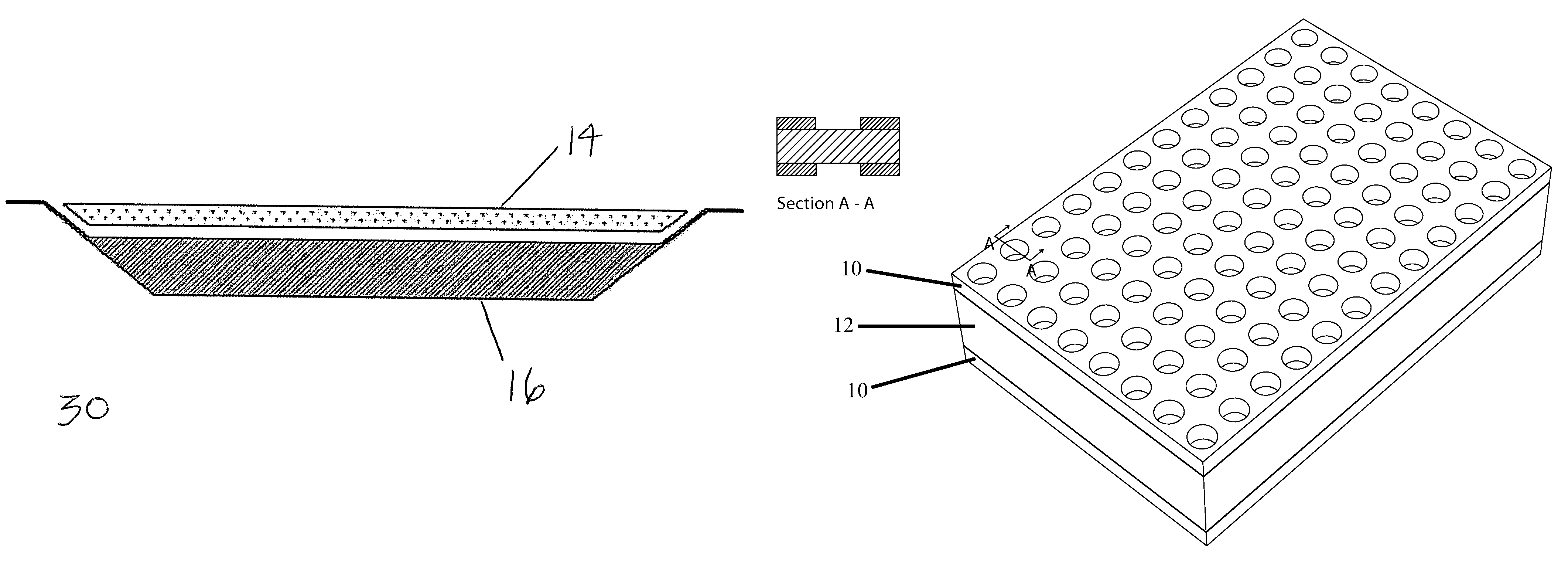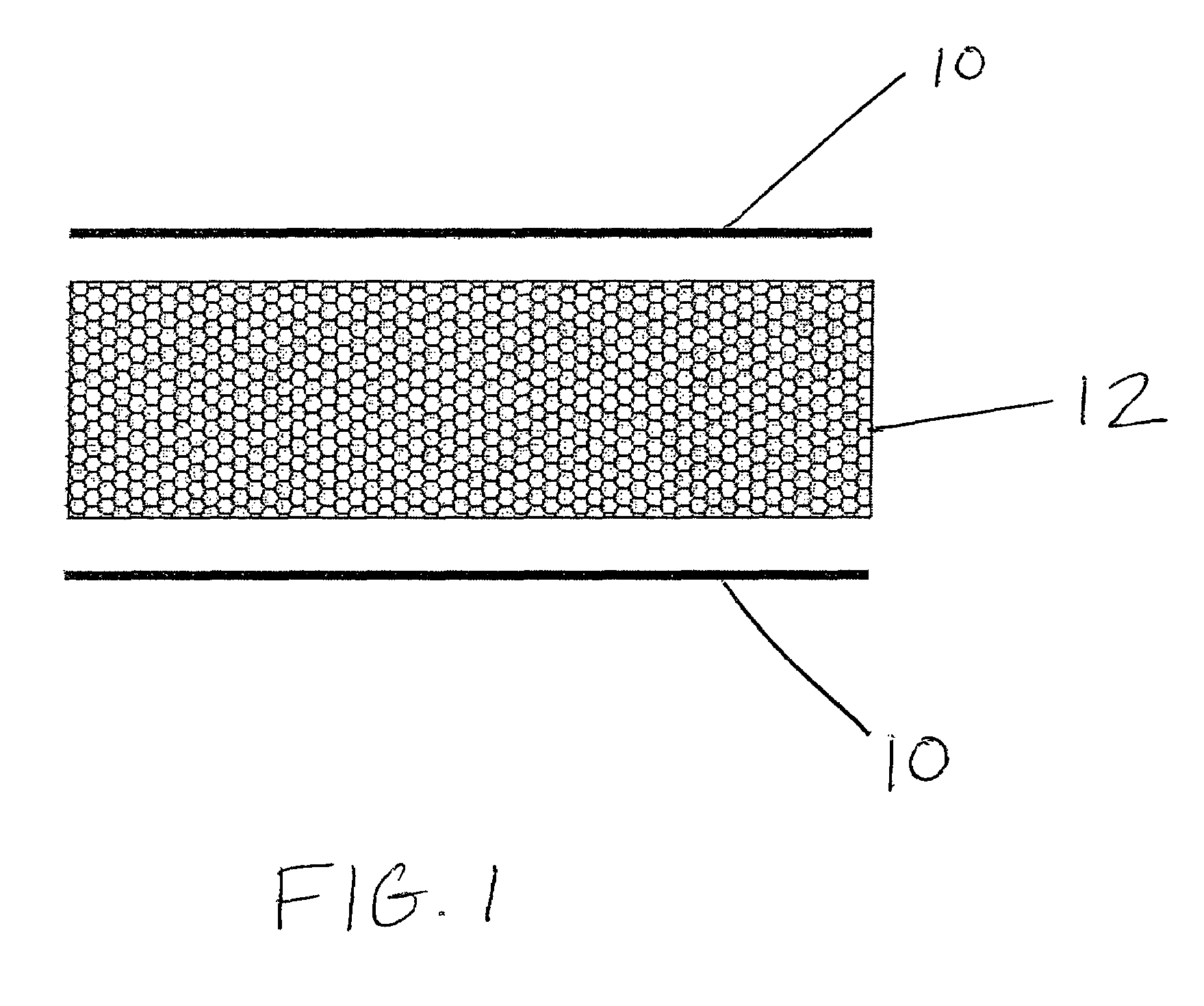Patient support element for radiation therapy that reduces skin radiation burn
- Summary
- Abstract
- Description
- Claims
- Application Information
AI Technical Summary
Benefits of technology
Problems solved by technology
Method used
Image
Examples
Embodiment Construction
[0011]Modern radiation therapy techniques, such as Inter-Modulated Radiation Therapy (IMRT), require precise and repeatable patient location, positioning and immobilization. For this reason, it is insufficient to simply place a cushion or pad between the patient and device / tabletop. The present invention provides an additional thin, rigid and low radiation-absorbing surface placed between the patient and structural element. This separation member separates the patient from the device by a thin layer of very low radiation absorbing materials such as rigid foam. This creates a low scatter surface next to the patient's skin and maintains the required rigidity needed in modern radiation therapy. For example, when employed in a patient support table, the separation member provides a rigid reference surface that can be used to accurately and repeatedly position the patient.
[0012]FIG. 1 illustrates the construction of the low radiation absorbing separation member. The core material 12 is s...
PUM
 Login to View More
Login to View More Abstract
Description
Claims
Application Information
 Login to View More
Login to View More - R&D
- Intellectual Property
- Life Sciences
- Materials
- Tech Scout
- Unparalleled Data Quality
- Higher Quality Content
- 60% Fewer Hallucinations
Browse by: Latest US Patents, China's latest patents, Technical Efficacy Thesaurus, Application Domain, Technology Topic, Popular Technical Reports.
© 2025 PatSnap. All rights reserved.Legal|Privacy policy|Modern Slavery Act Transparency Statement|Sitemap|About US| Contact US: help@patsnap.com



